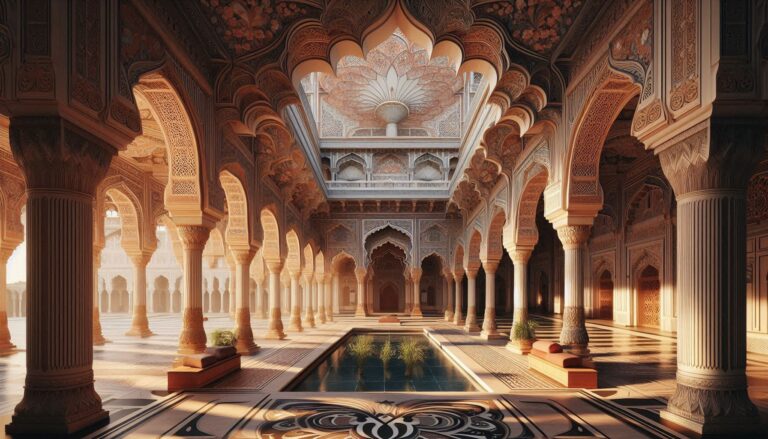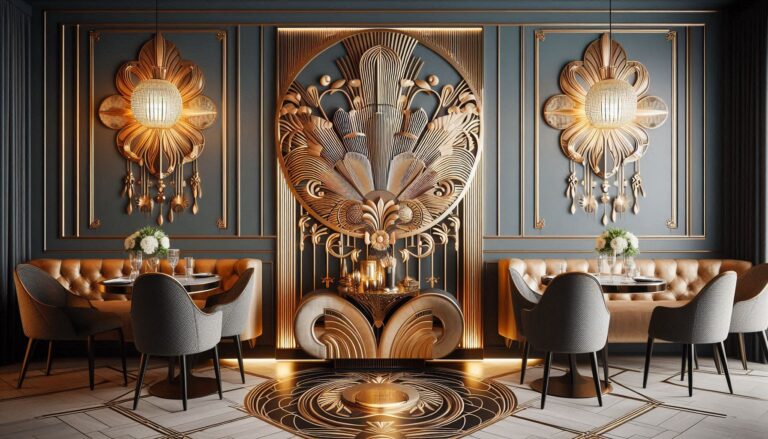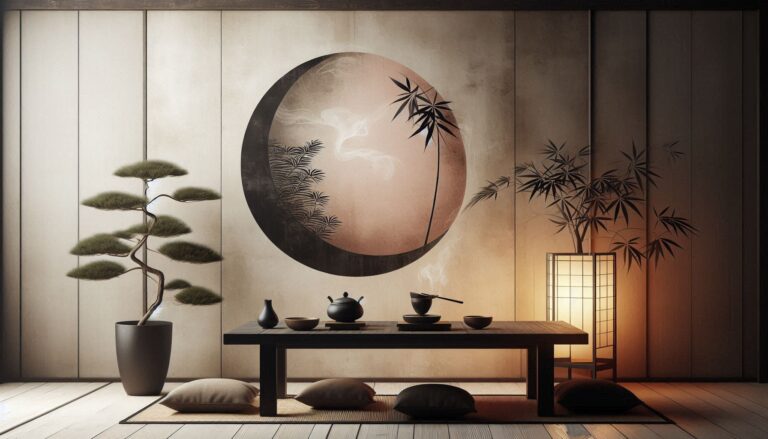Blending Tradition with Innovation: Cultural Influences in Contemporary Design

In today’s fast-paced world, contemporary design is not just about aesthetics; it is a fusion of innovation and tradition. Designers worldwide are integrating cultural influences into modern spaces, ensuring that the richness of heritage remains alive while catering to the demands of modern lifestyles.
The Intersection of Tradition and Innovation
Traditional design elements, whether in architecture or interiors, offer a sense of identity and continuity. However, innovation enables these elements to evolve, making them more functional, sustainable, and relevant. For example, modern skyscrapers in the Middle East incorporate traditional mashrabiya screens, enhancing both aesthetic beauty and energy efficiency.
Reviving Traditional Craftsmanship with Modern Technology
Advancements in technology have revitalized traditional craftsmanship. Digital fabrication techniques now allow intricate wood carvings and latticework to be produced at scale, preserving artisan skills while meeting contemporary needs. Likewise, 3D printing is being used to recreate ancient architectural motifs with precision, bridging the gap between old and new.
Cultural Motifs in Contemporary Interiors
Interior designers frequently draw from cultural symbols and motifs to create unique spaces. Moroccan zellige tiles, Chinese latticework, and Scandinavian hygge-inspired elements are incorporated into modern designs, adding depth and character. This integration allows interiors to tell a story while remaining relevant to modern-day living.
Sustainability and Cultural Heritage
Sustainability is another aspect where tradition meets innovation. Many ancient building techniques, such as earthen architecture in Africa and passive cooling methods in Indian havelis, are being revisited to create energy-efficient contemporary buildings. These methods not only reduce environmental impact but also honor centuries-old wisdom in design.
The Future of Cultural Fusion in Design
As cultures become more interconnected, the blending of tradition and innovation in design will continue to flourish. From smart homes incorporating indigenous materials to AI-driven architecture inspired by historical patterns, the possibilities are limitless. The key is to respect heritage while pushing creative boundaries to meet the needs of the present and future.
Conclusion
Contemporary design thrives on the fusion of tradition and innovation. By integrating cultural heritage into modern spaces, designers create environments that are not only functional and forward-thinking but also deeply rooted in history. This harmonious blend ensures that cultural identity is preserved while embracing the advancements of the modern world.






